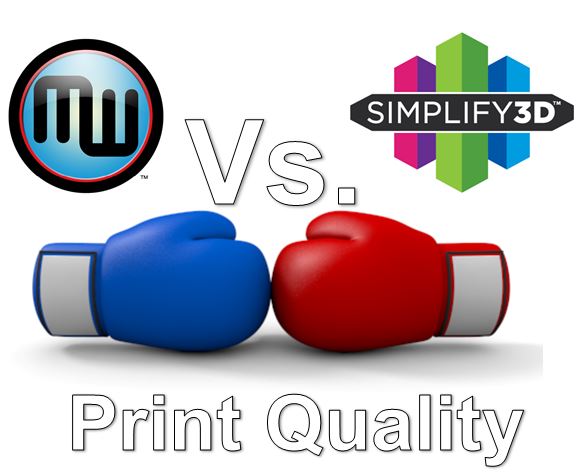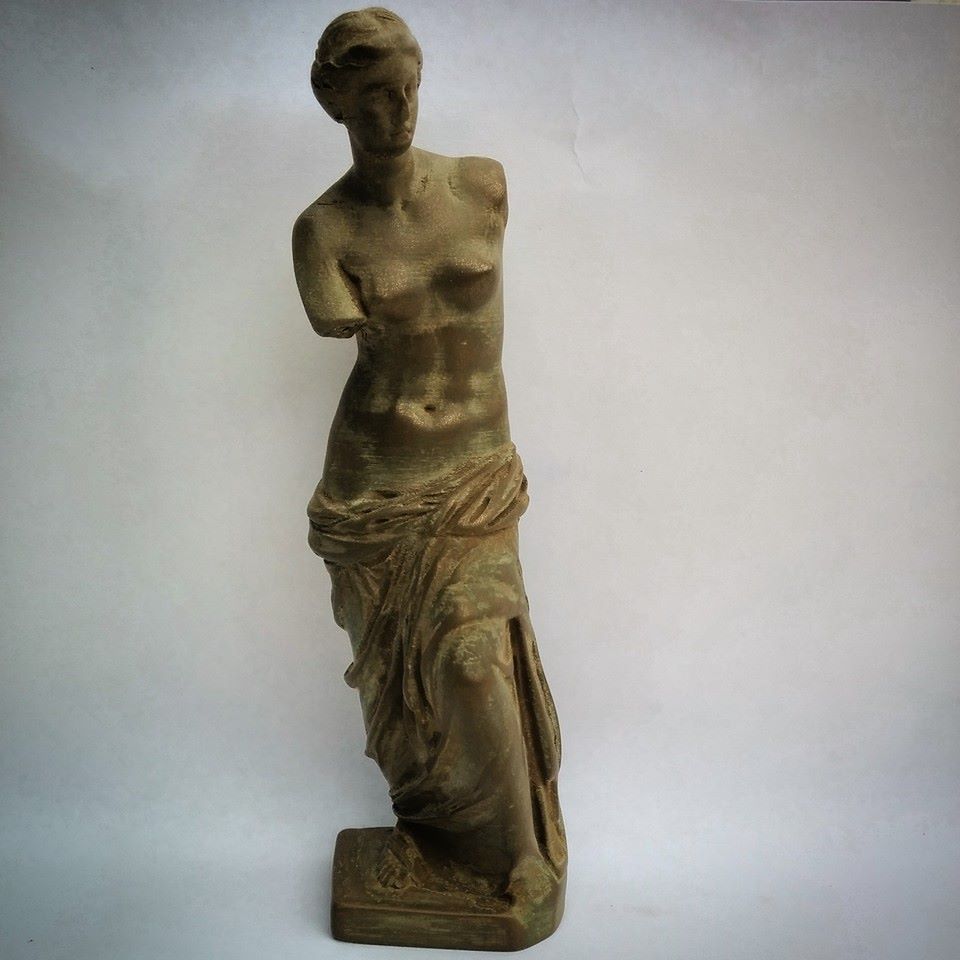TPC-ET (Thermoplastic Copolyester Elastomer)
Brief Introduction and History
TPC-ET, also known as thermoplastic copolyester elastomer, is a highly versatile material that has gained significant attention in the 3D printing industry. Its development has roots in the engineering polymers industry, where the need for a resilient and durable elastomer with excellent thermal stability and chemical resistance was identified. The formulation of TPC-ET as a 3D printing material has opened up a wide range of new possibilities for engineers and manufacturers.
Material Composition
TPC-ET is a thermoplastic elastomer composed of a combination of polyester (polyethylene terephthalate) and polyether (polytetramethylene glycol) segments. The blend of these raw components gives TPC-ET its unique set of properties, including high elasticity, excellent flexibility, and resistance to abrasion. The molecular structure of TPC-ET allows it to be reprocessed and recycled, making it an environmentally friendly material.
Uses
Common applications of TPC-ET in 3D printing include flexible prototypes, gaskets, seals, vibration dampeners, and various components in consumer products, automotive parts, and medical devices. Its compatibility with fused deposition modeling (FDM) and selective laser sintering (SLS) processes makes it a preferred choice for producing functional and durable parts.
Best Fit Use
TPC-ET is best suited for applications requiring a combination of elasticity, resilience, and chemical resistance. Its ability to withstand repeated flexing and bending, along with its durability, makes it an ideal choice for engineering parts and components subjected to dynamic stresses.
Detailed Example of Specific Use 1
TPC-ET is extensively used in the production of custom seals for industrial machinery, where its ability to maintain elasticity, resist deformation, and endure harsh environmental conditions is crucial for optimal performance and longevity of the equipment.
Detailed Example of Specific Use 2
In the automotive industry, TPC-ET is employed to manufacture flexible air ducts and weatherproof seals due to its excellent resistance to heat, oils, and chemicals. These components help enhance vehicle performance and longevity.
Difference Between Basic and Advanced Forms
Advanced variants of TPC-ET may incorporate additive enhancements such as improved UV stability, higher flexural strength, or modified surface finish. These advancements cater to specific industry requirements and expand the material’s range of applications.
Benefits
The advantages of using TPC-ET in 3D printing include its superior elasticity, chemical resistance, durability, and ease of processing. Its compatibility with various printing methods and recyclability also contribute to its appeal as a versatile material.
Drawbacks
One potential limitation of TPC-ET is its relatively higher cost compared to some other 3D printing materials. Additionally, achieving fine details and intricate geometries may be challenging due to its flexible nature.
Overall Rating for Daily Use
TPC-ET receives a high rating for daily use in professional settings due to its resilience and reliability. However, for hobbyist applications, its cost may be a limiting factor.
Future Developments
Ongoing research aims to further enhance the properties of TPC-ET, such as developing variants with improved impact resistance and elongation at break. Future advancements may also focus on enhancing its surface finish and expanding its color range, opening up new possibilities for its use in diverse industries.






